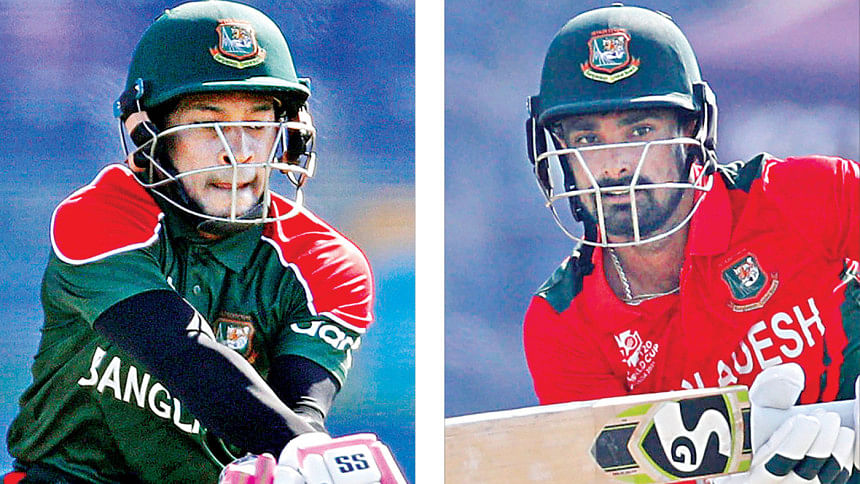A knee-jerk reaction to popular demand?

Bangladesh Cricket Board's attempt to restructure and reshape the T20 outfit following the World Cup debacle may appear a logical thing on surface, but a deeper look into the six changes made to the squad can only raise question marks over the whole process.
When a squad needs overhaul, the idea is to gradually go through the rebuilding phase. It is unlikely that key players -- with the World Cup squad formed of the best of the bunch available -- will be dropped after a major debacle without due rationale. Dropping players even as the pipeline is not providing players -- especially in the T20 format -- appears to be an approach where immediacy was preferred over a governing idea of finding a new way in T20s. Liton Das and Mushfiqur Rahim's exclusions, in particular, are of significance in this argument.
Liton's average of 19.19, spread over 46 T20Is, is enough evidence that he has not done particularly well in the format. His average in T20Is this year is just 13 in 16 innings. Since the tour to New Zealand in March this year, his highest knock was a 43-ball 44 in the World Cup match against West Indies. Given the stats, it does not seem unfair to drop him but when considering the kind of pitches he batted on in home series against Australia and New Zealand where batters across all teams generally struggled, there is a chance to look at those stats in a different light.
Liton's strike-rate in the format of over 122 also does not suggest his style or flair is unfit compared to the rest of the Bangladesh batters. If performance was the issue, there are plenty of other batters too who could be blamed for non-performance in the T20 World Cup.
Liton has failed to deliver according to his calibre in the past few series. But him failing to grasp two catches in the crucial match against Sri Lanka may have worked to his disadvantage as he became one of the more populist choices for being dropped. However, when a management decides to drop a player, there needs to be adequate replacements. Liton's aggression and fluency have previously been hailed, which is why his exclusion appears more as a need of the hour in the face of criticism, making him a scapegoat for a failed World Cup campaign.
Mushfiqur Rahim's case also signifies something similar. Known as one of Bangladesh's most potent batsmen in T20Is, Mushfiqur's form since return in home series against the Kiwis has been below-par. Even then, as one of team's most-experienced batsmen in the middle-order, his potential could have been valued against a strong Pakistan outfit, keeping in mind the absence of other experienced stars such as Shakib Al Hasan.
Selectors reiterated that Mushfiqur needed rest. While quite a few cricketers needed rest following long bio-bubble sessions, Mushfiqur's exclusion on the pretext of rest isn't perhaps the wisest argument as he had rested during the Zimbabwe and Australia T20Is. It remains to be seen whether performance or off-the field issues have led to Mushfiqur's exclusion. The player has, in the past, let emotions get the better of him.
Yet, exclusions of key players such as Liton and Mushfiqur once again points finger at the whole process of selection.

 For all latest news, follow The Daily Star's Google News channel.
For all latest news, follow The Daily Star's Google News channel. 



Comments